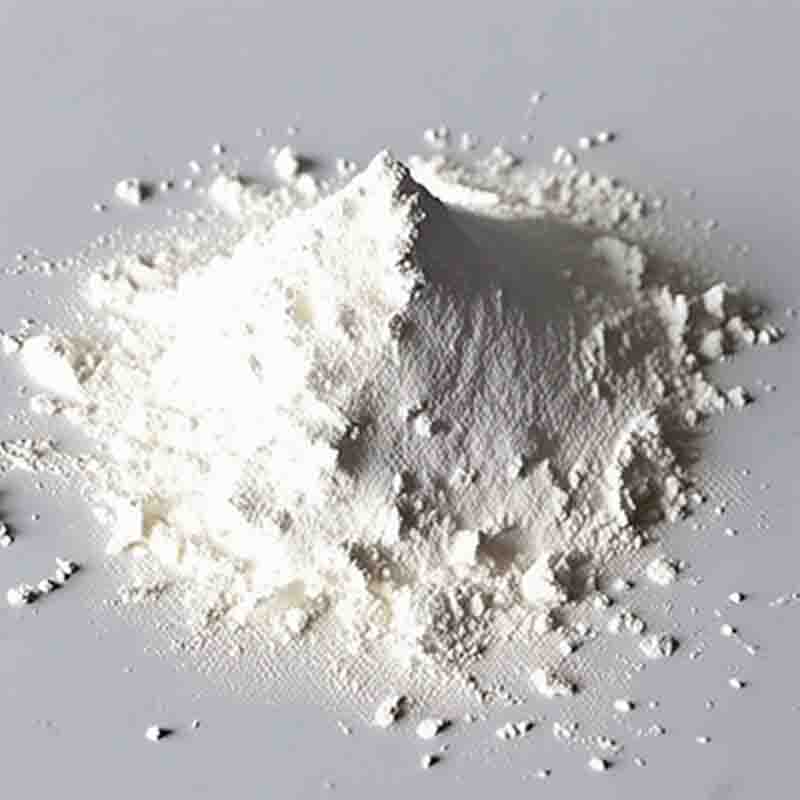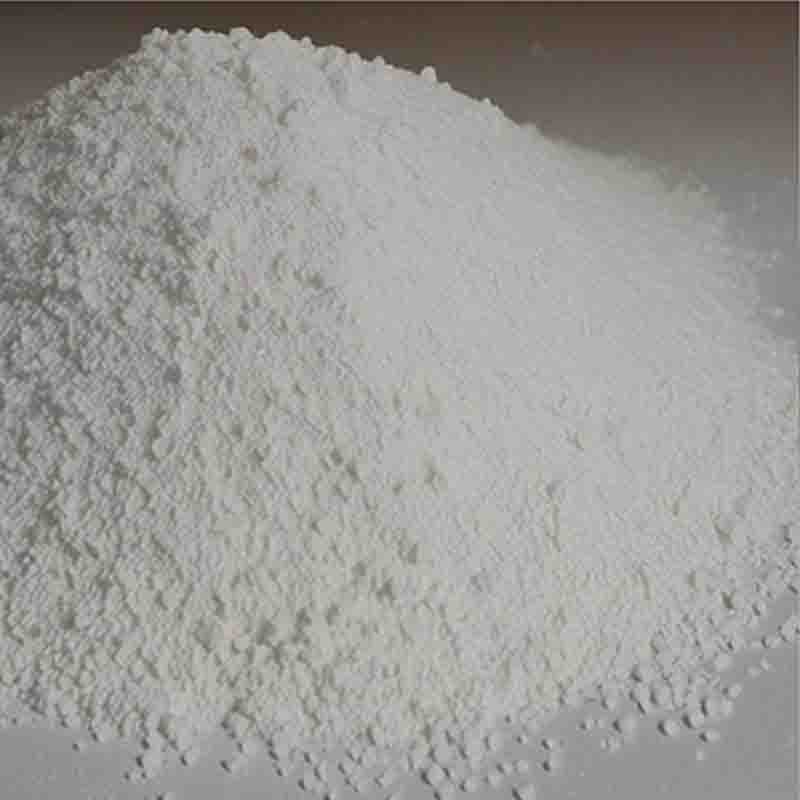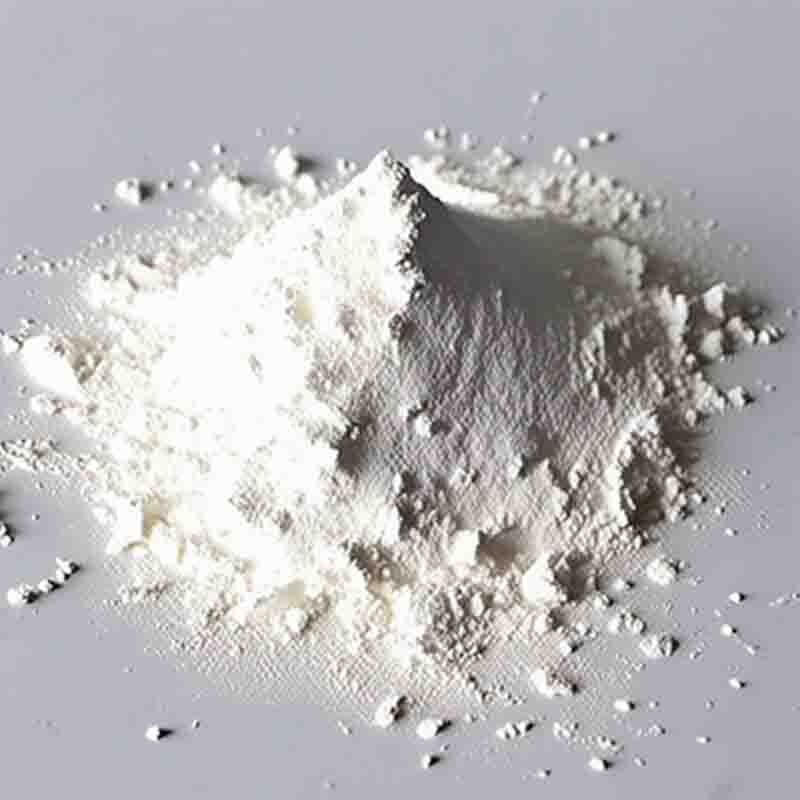naphthalene-1,4,5,8-tetracarboxylicacid CAS:81-30-1
| Catalog Number | XD95120 |
| Product Name | naphthalene-1,4,5,8-tetracarboxylicacid |
| CAS | 81-30-1 |
| Molecular Formula | C14H4O6 |
| Molecular Weight | 268.18 |
| Storage Details | Ambient |
Product Specification
| Appearance | White powder |
| Assay | 99% min |
Naphthalene-1,4,5,8-tetracarboxylic acid (NTCA) is a chemical compound with several notable effects and applications. Its unique structure and properties make it useful in various industries. Let's explore some of the effects of NTCA in more detail.Flame Retardant: NTCA is widely used as a flame retardant in various materials, including plastics, textiles, and coatings. It acts by releasing water and carbon dioxide when exposed to flames, effectively cooling down the material and preventing further combustion. This property makes it valuable in enhancing the fire safety of products in industries such as electronics, automotive, and construction.Electrical Insulation: NTCA is utilized to improve the electrical insulation properties of materials. When incorporated into polymers, it increases their dielectric strength and resistance to electrical current flow. This makes it suitable for applications in electrical wires, cables, and insulating coatings, where high electrical performance and safety are required.Polyimide Precursor: NTCA is an important precursor in the synthesis of polyimides, which are high-performance polymers with exceptional thermal and mechanical properties. By reacting NTCA with diamines, polyimide films, fibers, and coatings can be produced. These polyimide materials find applications in aerospace, electronics, and automotive industries due to their outstanding heat resistance, chemical stability, and mechanical strength.Organic Semiconductors: NTCA derivatives have shown promising applications as organic semiconductors in electronic devices such as organic field-effect transistors (OFETs) and organic light-emitting diodes (OLEDs). When properly functionalized and processed, NTCA-based materials exhibit good charge transport properties, enabling efficient charge injection and emission in electronic devices.Optical Materials: NTCA-based compounds have been studied for their optical properties, including fluorescence and light-absorbing capabilities. These properties make them potential candidates for applications in sensors, photovoltaics, and optoelectronic devices. Additionally, they can be used as dyes and pigments in various industries, including textiles, printing, and cosmetics.It is important to ensure proper handling and use of NTCA, taking into consideration its possible health and environmental hazards. Safety measures, including appropriate personal protective equipment, ventilation, and waste management procedures, should be observed when working with NTCA or its derivatives to minimize potential risks.









